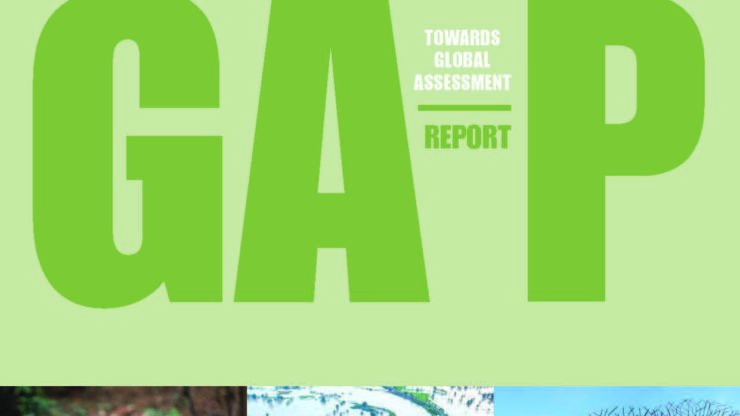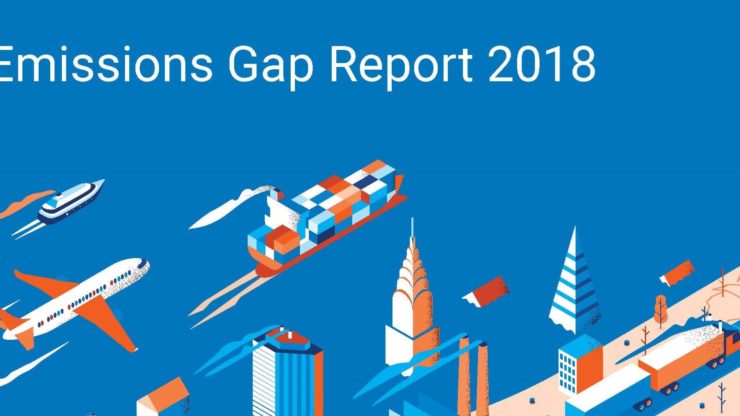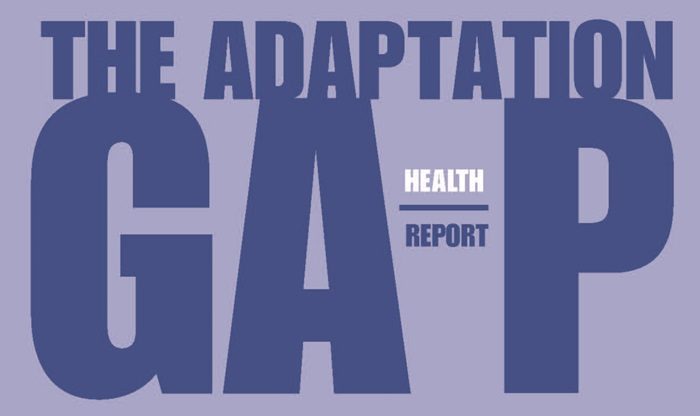While climate consciousness across the globe is on the rise, the fourth UN Environment Adaptation Gap Report released today has revealed a considerable gap between countries’ preparedness for climate change and the actual measures that should be put in place to prepare communities for a future of increasing climate risks.
We need to adapt our societies to a reality of climate change, with rising temperatures and more extreme weather events affecting every corner of the globe. But this /AGR-2018.ashx?h=283&w=200&la=da&hash=FF094B6A37F5340D0154F140BE0AFCE8C31D2BC0)
Since 2014 UNEP DTU Partnership has coordinated the UN Environment Adaptation Gap Report. This years report includes a special focus on health impacts, and shows that we still have a long way to go, if we want a future where we reach our goals and experience minimum negative impacts of climate change.
With the Paris Agreement the world agreed to “enhance adaptive capacity, strengthening resilience and reducing vulnerability to climate change, with a view to contributing to sustainable development and ensuring an adequate adaptation response in the context of the temperature goal”.
It is against that goal that the Adaptation Gap Report measures the gap between what is being done, and what needs to be done.
What is needed to adapt?
The launch of the Adaptation Gap Report comes shortly after the launch of the Emissions Gap Report, another UNEP DTU Partnership coordinated effort.
The Emissions Gap Report assesses the gap between the emissions reductions needed to achieve the goals in the Paris Agreement, the reductions that countries have committed to and the reductions actually taking place.
It thus focuses on what we need to do to avoid climate change catastrophically altering our planet.
The Adaptation Gap Report on the other hand focuses on what is needed to adapt our societies to the change that is inevitably coming, even if we reach the goals in the Paris Agreement. The report aims help to identify and design the actions required to bridge that adaptation gap – whether in terms of vulnerability, finance or health.
There is not enough money going into adaptation
The 2018 Adaptation Gap Report has two parts. First, it provides an overview of the status and trends of the adaptation gap in terms of vulnerability to climate change, adaptation costs and finance, and countries’ adaptation commitments and actions. Second, the report undertakes an in-depth assessment of the adaptation gap in health.
Despite voicing considerable concern on the divergence between the global goals on adaptation and actual action being taken, the first part of report also shines a positive light on the growth in national laws and policies that address adaptation.
However, when it comes to financing adaptation action, the gap between what is done and what is needed is increasing. It is estimated that there is a need for up to 300 billion USD invested in adaptation by 2030 and 500 billion in 2050.
Economic losses from weather events were the highest on record in 2017, with a total estimated economic loss of 330 billion USD. A number that is likely to rise substantially in the future.
Morbidity and mortality set to continue rise
The Adaptation Gap Report shows a significant global adaptation gap in health. Current adaptation efforts are by no means sufficient to minimize future health impact of a changing climate. The research highlights that unless adaptation efforts are strengthened considerably, heat and extreme event-related morbidity and mortality will continue to rise.
In Europe alone it is predicted that 255.000 more people over the age of 65 will die because of heat waves, if no adaptation measures are taken compared to today.
Worldwide heat exposure, diarrhea, malaria, and childhood undernutrition is all expected to claim more and more lives due to climate change, societies and economies across the world becoming increasingly vulnerable.
Many of the actions that can contribute to bridging the adaptation gap in health are low or no-regret measures that provide immediate health benefits and reduce the risks from future climate change.
Adaptation and sustainable development go hand in hand
The Adaptation Gap Report also underscores how adaptation to climate change is strongly linked to the Sustainable Development Goals (SDGs). If done right, adaptation actions can grow our economies, create jobs and lead to better health outcomes.
In the health sector, many of the most important actions to bridge the adaptation gap are related to improving basic sanitation, improving access to safe water, and reducing food and nutrition insecurity, all goals in themselves under the SDG agenda.


